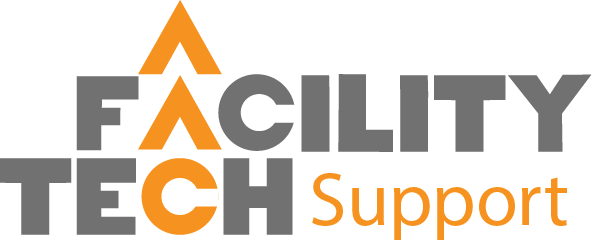Difference between revisions of "Technology/COVID19/RemoteLearning/Faculty"
From Help
(→Office365) |
(→Office365) |
||
| Line 33: | Line 33: | ||
<youtube>https://youtu.be/p4KEB66KC1w</youtube> | <youtube>https://youtu.be/p4KEB66KC1w</youtube> | ||
*<b>Forms</b> | *<b>Forms</b> | ||
| + | Text here | ||
<youtube>https://youtu.be/ibdd4vMFB44</youtube> | <youtube>https://youtu.be/ibdd4vMFB44</youtube> | ||
*<b>OneNote</b> | *<b>OneNote</b> | ||
Revision as of 15:46, 17 March 2020
Faculty Remote Learning Tools and Options
Below you'll find various means and methods of teaching classes remotely. It is important to remember that these are merely tools to accomplish a goal and should not be seen as the only options at your disposal, just recommended ones. It's also important to know that you should only be using Art Academy accounts while instructing to avoid any FERPA compliance issues. You cannot store personal student information in non-school accounts or on personal devices, so avoid using external services like Gmail and Google Drive. More information on FERPA guidelines and what is considered personal student information can be found at:
US Department of Education
Should you need assistance or have questions with regard to how you will setup your classes for remote learning, please contact me directly at [email protected] and we can schedule time for 1-on-1 support. Considering the environment we've found ourselves in, getting your classes setup is the IT Departments top priority. You may also submit help tickets using the link in the left-hand column of this site.
Texting
This is the simplest form of operation, but also the most limited in scope. As an Instructor, you will be responsible for maintaining a list of all students numbers, so long as they agree to provide them. Texting, while convenient, may also be more cumbersome with regard to sharing and receiving course material and assignments. This is an ill-advised option, but may work depending on your needs and use case. For instance, this may work for small classes with a fairly independent and self-motivated course load.
Communication via email is a well documented and used process. The benefit of email is the AAC's use of a global address list in which you can find any student, faculty, or staff member. In addition, you can also email classes or groups as a whole (more on that in the "Office365" section) which would accommodate the need to send information to several people at once. Emailing also adds the benefit of attachments for file dissemination and reception and calendaring to better organize important or specific due dates and events. However, email can also become unwieldy in the event you have multiple classes with several students, all of whom will be emailing you directly. Your inbox may become "saturated" and difficult to manage. In addition, there are size limitations to attachments that may make sending/receiving files difficult or impossible. These factors should be considered when deciding to use this method, but would be a viable solution for some.
If you choose to use email, you are required to use your school account, not a personal one. You can access your school email by logging in to Office365 at office.com. If you've forgotten your password, you can reset it using the "Password Reset" link in the left hand column of this site.
SONIS
SONIS actually has some capabilities for online learning. While the scope of what SONIS is capable of is outside this help site, there is a faculty manual that will assist you should you decide to use it as your method of distance teaching. You can find the manual here. In addition, the Registrar Director Alex Siebert has put together a very nice and concise how-to for faculty, and that can be found here. Should you have any questions or issues with SONIS, you can contact Alex either by phone at 513-562-8749 or by email at [email protected]
Office365
Text here
- Group Emailing
Text here
- Forms
Text here
- OneNote
Text here
- OneDrive
Text here
- Teams
Text here
